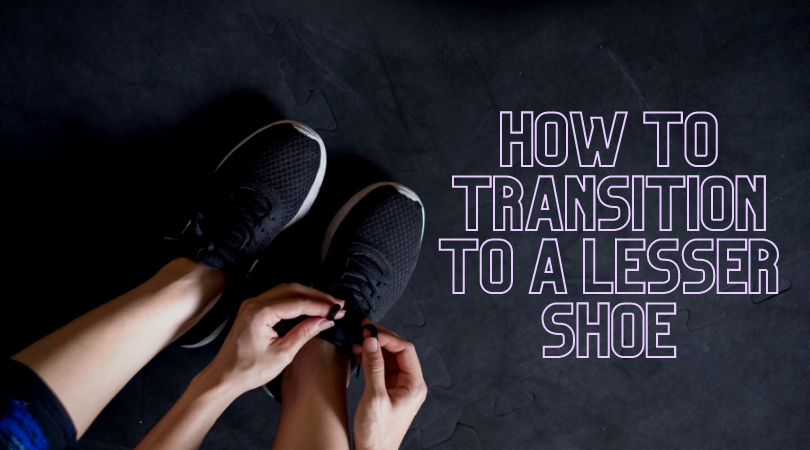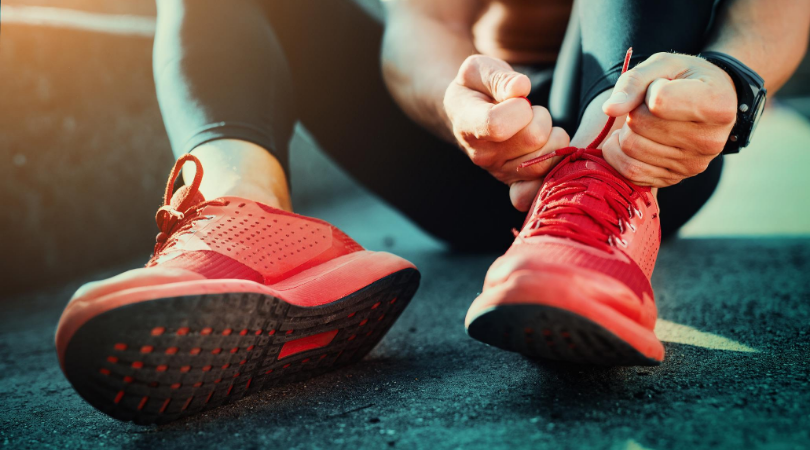How to transition to a minimalist shoe

There are many reasons why you may want to transition to a minimalist shoe. For instance, you might be caught up in the barefoot movement, you may want to strengthen your feet & improve function, or you have read that lighter shoes help running economy. Yes, lighter shoes can help performance and running economy but transitioning to these shoes without guidance can be dangerous, with some studies finding an injury risk of 700%! So, what should we consider when making the transition?
Step 1. Understanding the minimalist index
This is a measurement created by The Running Clinic from Quebec. Their website contains more details along with a comprehensive database of shoes and their corresponding minimalist score. The minimalist index considers shoe flexibility, weight, stack height, motion control technologies and heel drop to give the shoe a score out of 100. If the shoe is closer to 100 this will indicate more ‘barefoot’ qualities, whereas a score towards zero indicates more stability, rigidity and support.

Step 2. Calculating the difference between the existing & desired shoe
This process is quite easy. Once you have established the minimal index score of both shoes, simply calculate the difference. As mentioned above, the Running Clinic have built a database of most shoe brands with their corresponding minimalist index you make the process easier. However, they do include a step by step process to calculate a score if your shoe is not included.
Step 3. Determine the transition time into your minimalist shoe

Based on the difference between the 2 scores, every 10 points requires 1 month of transition time. For example, if your old shoes scores a 30 and your new shoes are 70, this means 4 months of slowly transitioning shoes. This is a very conservative approach but as I stated above, 700% increase in injury risk should be taken seriously. You have a few options towards HOW you transition. For instance, you could spend a few minutes running in your new shoes before swapping to your old ones. Alternatively, you could also start with wearing your new shoes only during your short/slow runs. This requires a trial and error approach but a gradual and patient process is essential.
Relevant Blog posts
- Conduct your own shoe assessment
- The dangers when buying new running shoes
- Do I Need Orthotics To Help My Running?
Relevant Podcast episodes
- Strength training 5: Keep your feet strong with Tim Bransdon
- Is there a right & wrong running shoe? With JF Esculier
- Using shoes as tools to overcome injury? Matt Klein
